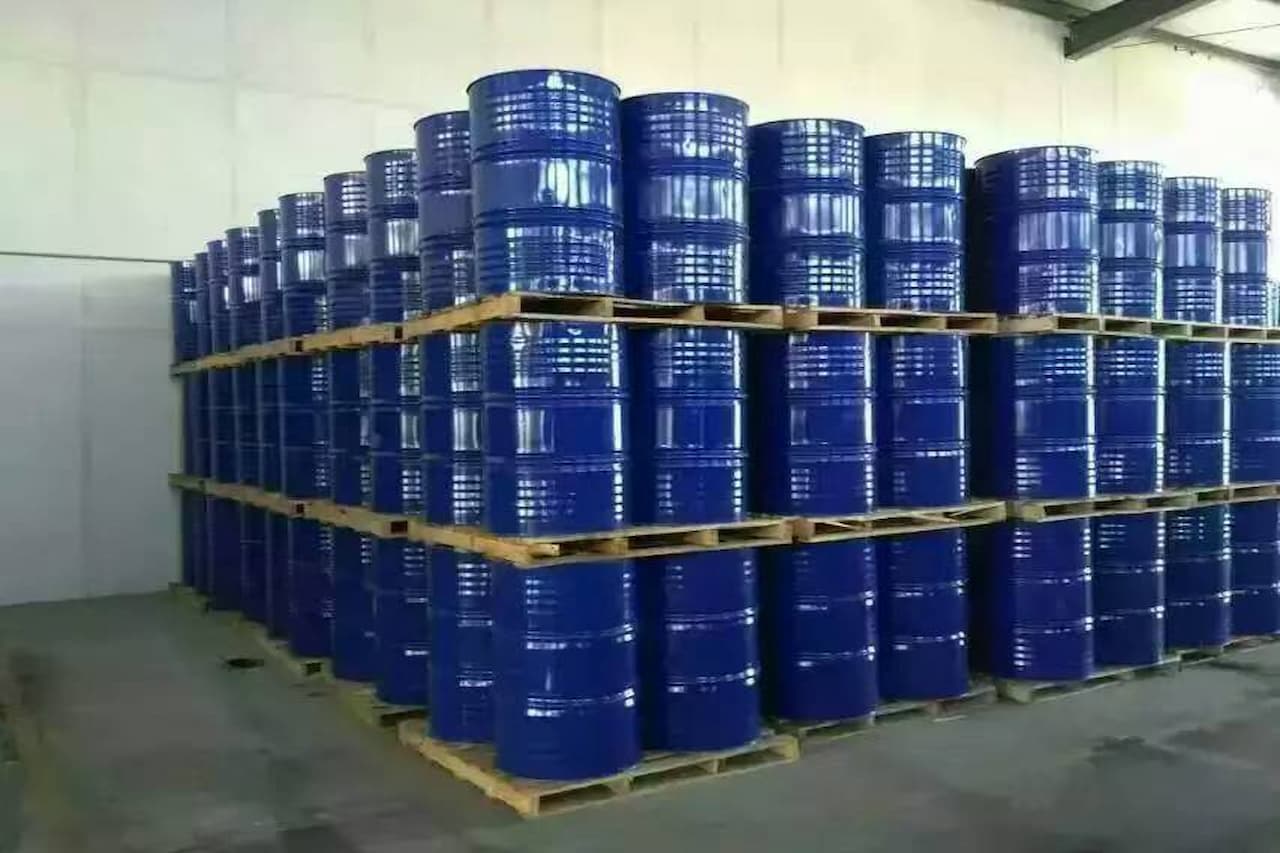Высокопроизводительная фенолэпоксидная смола YLEP-638: структура, свойства и применение
Nov 06, 2025
YLEP-638 Структурные характеристики Молекулярная основа YLEP-638 представляет собой фенольную новолачную структуру, образованную конденсацией фенола и формальдегида, образующую жёсткий ароматический каркас. Этот каркас обладает очень высокой термической стабильностью и жёсткостью. В этом фенольном каркасе гидроксильные группы реагируют с эпихлоргидрином, образуя множество эпоксидных групп, что делает его типичной многофункциональной эпоксидной смолой. В отличие от стандартных эпоксидных смол типа бисфенол-А (например, E-51, функциональность ≈ 2), YLEP-638 обычно имеет среднюю функциональность эпоксидной смолы от 3,5 до 4,0 и даже выше.Эксплуатационные характеристики YLEP-638Исключительная термостойкость Происхождение: Высокая плотность сшивки (благодаря высокой функциональности) и жесткой ароматической основной цепи. Характеристики: Отверждённый продукт демонстрирует чрезвычайно высокую температуру стеклования (Tg) и температуру тепловой деформации (HDT), обычно выше 200°C и даже до 250°C. Он сохраняет механическую прочность и размерную стабильность при высоких температурах, а также превосходное сопротивление ползучести. Исключительная механическая прочность и модуль упругости Происхождение: Плотная трехмерная сшитая сеть и жесткие молекулярные цепи. Эксплуатационные характеристики: Отвержденный продукт демонстрирует очень высокую твердость, прочность на сжатие, прочность на растяжение и модуль упругости, что обеспечивает ему высокую несущую способность. Отличная химическая стойкость Происхождение: Высокая плотность сшивки создает компактную и химически инертную сетчатую структуру, что затрудняет проникновение растворителей или химических агентов в материал или его разбухание. Характеристики: Обладает исключительной стойкостью к широкому спектру органических растворителей, кислот и щелочей. Химическая стойкость, особенно при высоких температурах, значительно превосходит стойкость обычных эпоксидных смол. Превосходные электроизоляционные свойства Происхождение: Стабильная химическая структура и высокая плотность сшивки. Производительность: сохраняет превосходную диэлектрическую прочность и объемное удельное сопротивление даже в условиях высокой температуры и влажности. Проблемы обработки Высокая вязкость: Благодаря своей высокой функциональности и жесткой структуре YLEP-638 имеет очень высокую вязкость при комнатной температуре и должен быть нагрет (например, до 60–80 °C) для литья, пропитки или приготовления препрега. Высокая хрупкость: Высокая плотность сшивки и жесткая структура также приводят к низкой прочности, плохой ударной вязкости и низкому удлинению при разрыве, поэтому часто требуется добавление упрочняющих добавок. Основные области применения YLEP-638 YLEP-638 + ДОПО Используется для производства безгалогеновых фосфорсодержащих эпоксидных систем, успешно внедряя эффективные фосфорсодержащие огнестойкие компоненты в эпоксидную сетку с высокой плотностью сшивки. Получаемые материалы сочетают в себе превосходные механические свойства, термостойкость и огнестойкость, что делает их идеальными для инкапсуляции экологичных электронных компонентов, безгалогеновых печатных плат, высокоэффективных огнестойких изоляционных материалов и композитов для аэрокосмической промышленности. Также используется в препрегах из углеродного волокна, теннисных ракетках и клюшках для гольфа. YLEP-638 + метакриловая кислота / стирол Используется для производства фенольных эпоксидных винилэфирных смол, устойчивых к высоким температурам и коррозии, широко применяемых в установках десульфурации дымовых газов (ДДГ), футеровке башен десульфурации электростанций, резервуарах для хранения химикатов и скрубберах для суровых условий. YLE-128 + YLEP-638 + YLE-601 или YLE-604 Используется для паяльных масок в ламинатах с медным покрытием, а также для антикоррозионных, высокотемпературных покрытий (таких как термостойкие и антиокислительные покрытия при температуре 900–1200 °C). YLEP-638 + Отвердитель DDS Используется для производства эпоксидных изоляционных лаков для процессов вакуумной пропитки под давлением (VPI), образуя прочный, интегрированный «броневой» слой на электрических катушках. Этот слой устойчив к высоковольтному пробою и выдерживает интенсивные тепловые и механические нагрузки, возникающие при работе двигателя. Он является незаменимым изоляционным материалом для современного электротехнического оборудования высокого класса, применяемым в высоковольтных двигателях, ветрогенераторах и статорных катушках тяговых двигателей, обеспечивая как изоляцию, так и огнезащиту. Также используется для производства изоляционных трубок, стержней и пластин.
Читать далее
